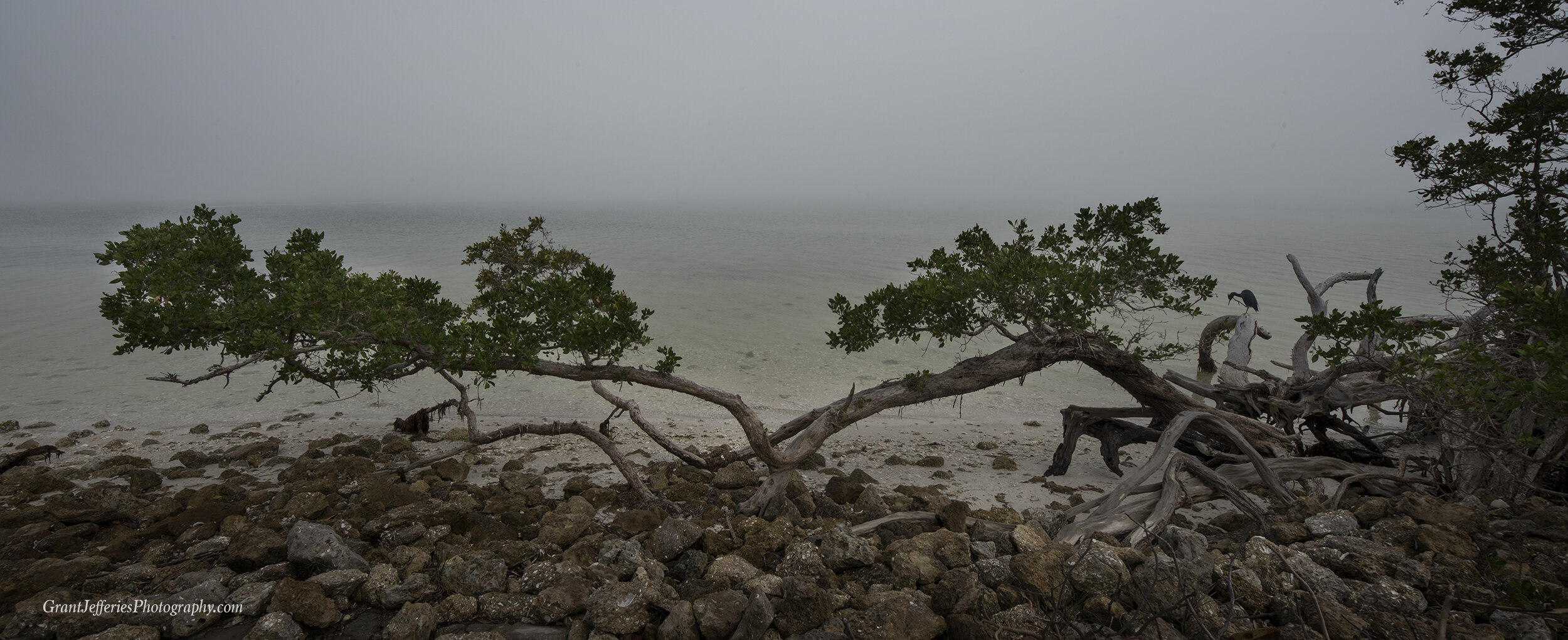A recent trip to Myakka River State Park started off with me hauling a 600mm through the woods chasing after deer and several wild pigs snorting and rooting in the rich mud. But I eventually traded in the long lens and monopod for a tripod and a 19mm PC lens to capture the ever changing light moving across the park’s vast landscape.
The Nikkor 19mm PC (Perspective Control) lens is a wonderful tool and magical in its images. The tilt and shift capabilities bring back the days of using a view camera in the field. The 19mm PC is all manual, sharp and begs for you to take your time as you set up to compose a photograph. The front element is large and protruding, and demands caution where ever you are traveling. This lens may not be in everyone’s arsenal, and it is expensive, but it is one of my favorites.
As a landscape photographer, it’s challenging to capture some scenes in one frame without the distortion of a super wide angle lens. But with the 19mm PC and its shift capabilities, I can “shift” the lens and take advantage of the full cone of light.
Back at home, I will “stitch” together multiple images using Photoshop’s Photomerge and create a seamless high resolution panorama. The landscapes below are made up of multiple frames stitched together using a Nikon 810 and the 19mm PC lens. Much like a peanut and jelly sandwich, the high resolution D810 and the 19mm PC just go together.






